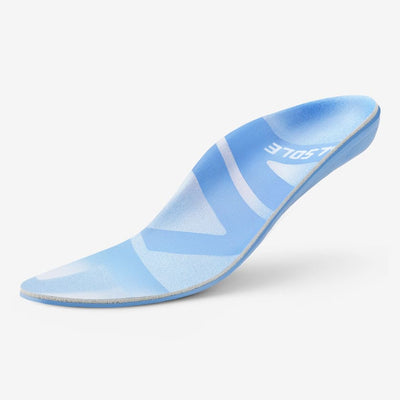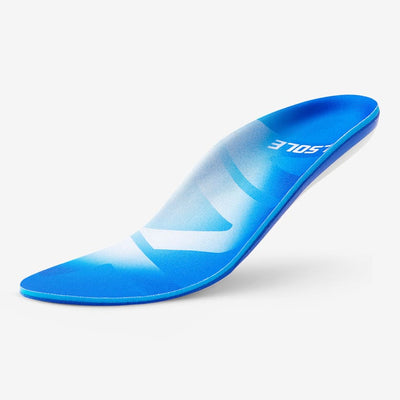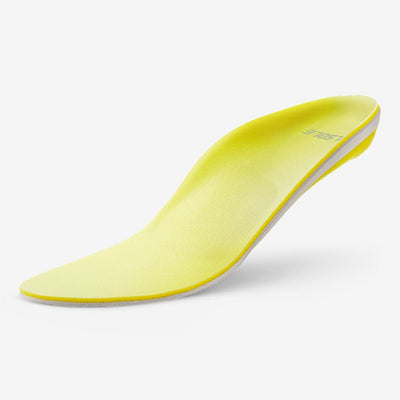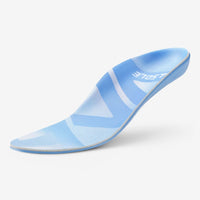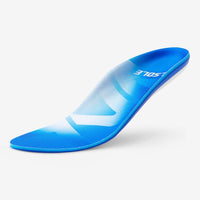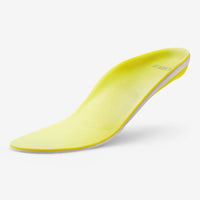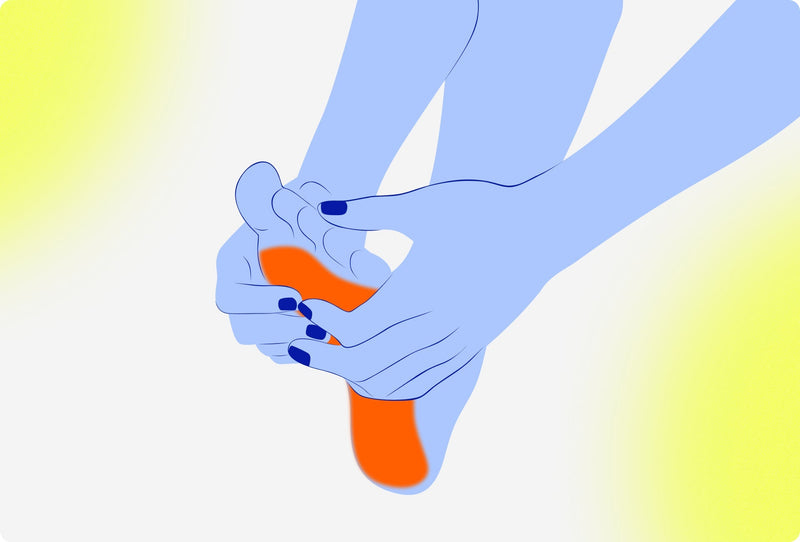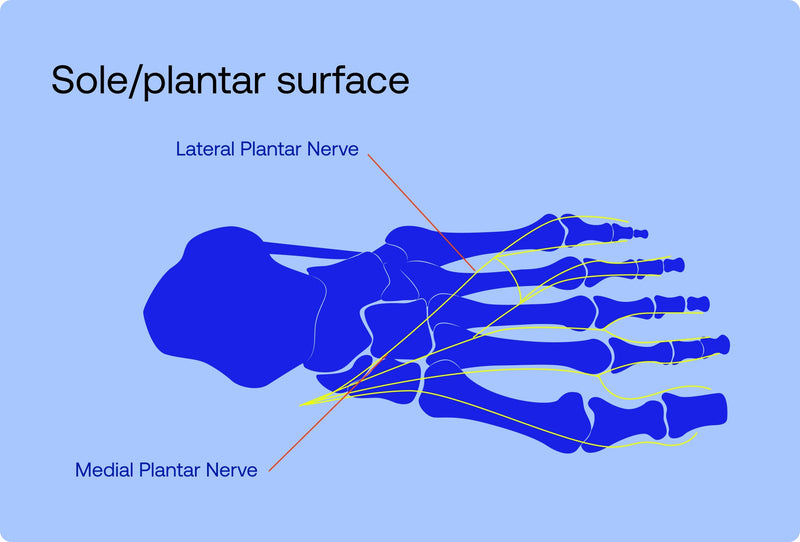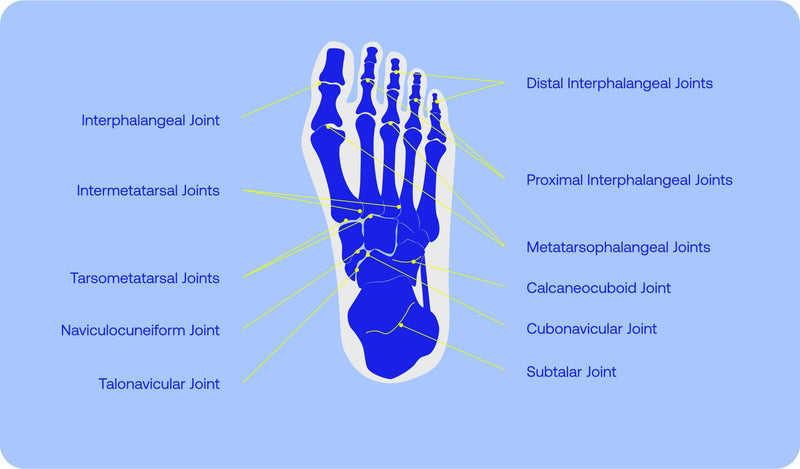Arthritis and Insoles: Understanding the Connection to Foot Health and Pain Relief
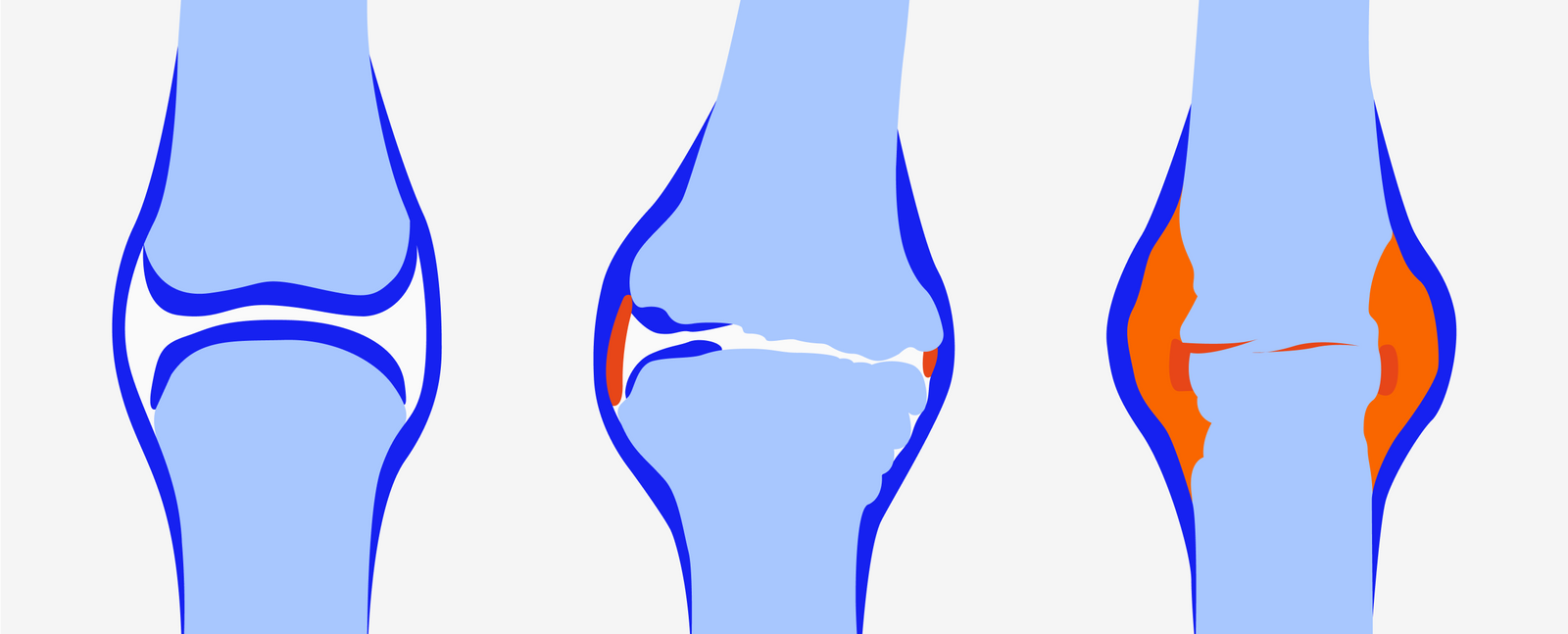
This article uncovers the ways arthritis undermines foot health, triggering inflammation, stiffness and reduced mobility, and demonstrates how advanced insoles use targeted pressure redistribution to alleviate pain and preserve proper alignment. Expert insights on fitting and usage reinforce the importance of matching insole features to individual needs. Consistent foot care strategies emerge as a feasible pain alleviating solution for controlling arthritic discomfort and ensuring lasting mobility.
What Is Arthritis?
Arthritis is an umbrella term for more than 100 conditions characterized by joint inflammation, pain and stiffness that can significantly impair mobility and quality of life (Centers for Disease Control and Prevention [CDC], 2020). The unrelenting pain, unpredictable flare-ups and constant need for symptom management can leave individuals feeling both physically exhausted and mentally drained day after day. Affecting people of all ages, it often requires tailored management approaches to control symptoms and preserve function. The two most common forms are rheumatoid arthritis (RA) and osteoarthritis (OA).
Rheumatoid Arthritis (RA)
Rheumatoid arthritis is an autoimmune disorder where the immune system mistakenly attacks the synovial lining of the joints. This attack leads to chronic inflammation, pain, and eventually joint damage if left untreated. RA often affects the smaller joints first such as the joints in the hands and feet (Arthritis Foundation, n.d.).
RA is typically symmetrical, so if one foot is affected, the other is likely to be as well. Common early symptoms include persistent joint tenderness, swelling, and prolonged morning stiffness that may last for several hours.
Osteoarthritis (OA)
In contrast, osteoarthritis is a degenerative joint disease caused by wear and tear of the cartilage that cushions the bones. The resultant breakdown of cartilage leads to bone-on-bone friction, inflammation, pain, and stiffness. OA tends to be more common in older adults, but individuals who have experienced joint injuries or repetitive joint stress may also develop it at a younger age (Arthritis Foundation, n.d.).
Common Symptoms and Diagnosis
Both RA and OA share several symptoms:
-
Joint pain and tenderness
-
Swelling and inflammation
-
Stiffness, particularly after periods of inactivity
-
Reduced range of motion
-
Fatigue (Arthritis Foundation, n.d.)
Diagnosis involves a mix of patient history, physical examinations, laboratory tests, and imaging technologies such as X-rays or MRIs. Early diagnosis is essential to manage arthritis effectively and to prevent long-term joint damage.
How Does Arthritis Connect with Foot Health?
For many, the feet are the unsung heroes of daily mobility. Yet, when arthritis affects these crucial joints, the impact on overall quality of life can be profound. Arthritis-related changes in the foot can influence biomechanics, alter gait patterns,, and lead to significant pain and even disability.
Prevalence and Common Foot Problems in Arthritis
Foot involvement is highly prevalent in individuals with arthritis, especially in RA cases. Research shows that as many as 85% of patients with rheumatoid arthritis experience pain in their feet or ankles at some point during the disease (Riskowski et al., 2011). Common foot problems associated with arthritis include:
-
Big Toe Arthritis: Inflammation around the big toe joint can lead to pain, stiffness, and difficulty in walking. This condition sometimes drives people to seek out the best insoles for big toe arthritis, which provide targeted cushioning and support.
-
Ankle Arthritis: The ankle joint may also become inflamed, resulting in instability and pain. For those affected, choosing the best insoles for ankle arthritis is essential to distribute weight effectively and reduce stress on the joint.
Knee Involvement via Foot Misalignment: Although the knee is a separate joint, compensatory changes in foot posture due to arthritis can contribute to knee pain. Some individuals may search for the best insoles for knee arthritis as a way to indirectly alleviate knee discomfort by improving foot alignment.
Biomechanical Changes and Gait Alterations
The inflammation and joint damage caused by both RA and OA arthritis can alter the natural biomechanics of the foot. In a healthy foot, weight is evenly distributed during movement. However, arthritis often leads to:
-
Localized Pressure Points: Due to joint degeneration and deformities, pressure may become concentrated in specific areas such as the ball of the foot, under the middle toes, the base of the big toe, the middle of the foot when the arch drops, or the heel if the foot is very arched, increasing discomfort and accelerating joint wear (Riskowski et al., 2011).
-
Altered Gait Mechanics: Pain and reduced range of motion force individuals to modify the way in which they walk, also defined as their gait. This might include taking shorter steps, walking with a limp, or shifting weight to less painful areas. These alterations can lead to further imbalances not only in the feet but also across the entire lower limb. The additional strain may exacerbate pain in the knees and hips over time (Cabrera-Sánchez et al., 2024).
Long-Term Consequences for Mobility
Continued arthritis-related changes in the feet often result in a decrease in overall physical activity. Persistent foot pain, if left unmanaged, can lead to muscle weakness, poor balance, and an increased risk of falls.
Why Are Insoles a Great Aid in Alleviating Arthritis Pain?
Given the profound effect of arthritis on foot function and overall biomechanics, insoles for arthritis have become an increasingly popular, non-invasive method to mitigate pain and improve overall foot health Cabrera-Sánchez et al., 2024). From shock absorbing insoles to specially designed arthritis support insoles, the right insole can address many of the challenges posed by joint inflammation and biomechanical imbalances.
Pressure Redistribution
One of the greatest benefits of using insoles is their ability to redistribute pressure across the foot. Individuals with arthritis often develop localized areas of high pressure, leading to discomfort in joints such as the big toe or the ankle. Effective insoles spread the load:
-
Even Distribution Across the Foot: By widening the contact area between the foot and the ground, insoles reduce peak pressures in any one location. This is especially important for those seeking the best insoles for big toe arthritis, as targeted cushioning can relieve stress at the most painful spots (Riskowski et al., 2011).
-
Mitigation of Overloading: Even pressure distribution prevents the accumulation of excessive force on any single joint, thereby decreasing the likelihood of further joint damage and alleviating pain.
Shock Absorption and Impact Reduction
Every step taken exerts a force that impacts the foot and the joints above. Shock absorbing insoles for arthritis play a crucial role in minimizing this impact:
-
Cushioning Materials: High-quality insoles typically incorporate materials such as gel, foam, or silicone to absorb shock. This cushioning is vital in reducing the force that reaches sensitive, inflamed joints in patients with arthritis.
-
Protection from Repetitive Stress: For arthritis sufferers, particularly those with issues such as ankle arthritis or knee arthritis, the repetitive impacts of daily activities can worsen symptoms. By reducing these impacts, insoles not only provide immediate relief but may also help prevent further joint degradation over time (Riskowski et al., 2011).
Support for Proper Alignment and Gait
Maintaining proper foot alignment can significantly improve mobility and reduce pain. Insoles contribute to this pain alleviation through:
-
Arch Support and Correction: Insoles help stabilize the foot by supporting its natural arches. This is crucial for individuals with a tendency toward overpronation or supination—conditions that can worsen arthritis symptoms in both the ankle and knee. For example, the best insoles for knee arthritis might work indirectly by ensuring that misalignment of the foot does not exacerbate stress on the knee joint (Cabrera-Sánchez et al., 2024).
-
Improved Gait Mechanics: With better foot alignment, the body’s overall gait improves. A natural, unobstructed gait reduces the strain on all lower limb joints and minimizes compensatory movements. This benefit is further enhanced when insoles are used in conjunction with well-fitted shoes.
Enhancing Overall Foot Function and Quality of Life
The use of high-quality insoles for arthritis has long-term benefits that extend far beyond immediate pain relief. Maintaining mobility is crucial for both physical health and functional independence. Effective insoles reduce localized pressure and absorb shock, enabling users to stay active with less discomfort. This continued activity not only preserves muscle strength and balance but also supports overall well-being.
By correcting abnormal joint loading over the long term, quality insoles can help slow the progression of arthritis. Addressing the underlying biomechanical issues that cause pain means less stress on the joints, which may translate into reduced degeneration and a healthier lifespan for affected joints.
Beyond the physical benefits, reduced pain and improved mobility foster greater confidence and independence. When walking and standing no longer carry the fear of discomfort, individuals are more inclined to engage in social and recreational activities—bolstering their mental and emotional health as well as their quality of life .
References
Arthritis Foundation. (n.d.). Arthritis foot care. Retrieved May 20, 2025, from https://www.arthritis.org/foot-care
Cabrera-Sánchez, F., López-Mármol, C., & Navarro-González, J. (2024). Biomechanical effects of insole support on gait alignment in osteoarthritis patients: A systematic review. Journal of Biomechanics, 162, Article 111280. https://doi.org/10.1016/j.jbiomech.2024.111280
Riskowski, J. L., Dufour, A. B., & Hannan, M. T. (2011). Arthritis, foot pain and shoe wear: Current musculoskeletal research on feet. Current Opinion in Rheumatology, 23(2), 148–155. https://doi.org/10.1097/BOR.0b013e3283422cf5

